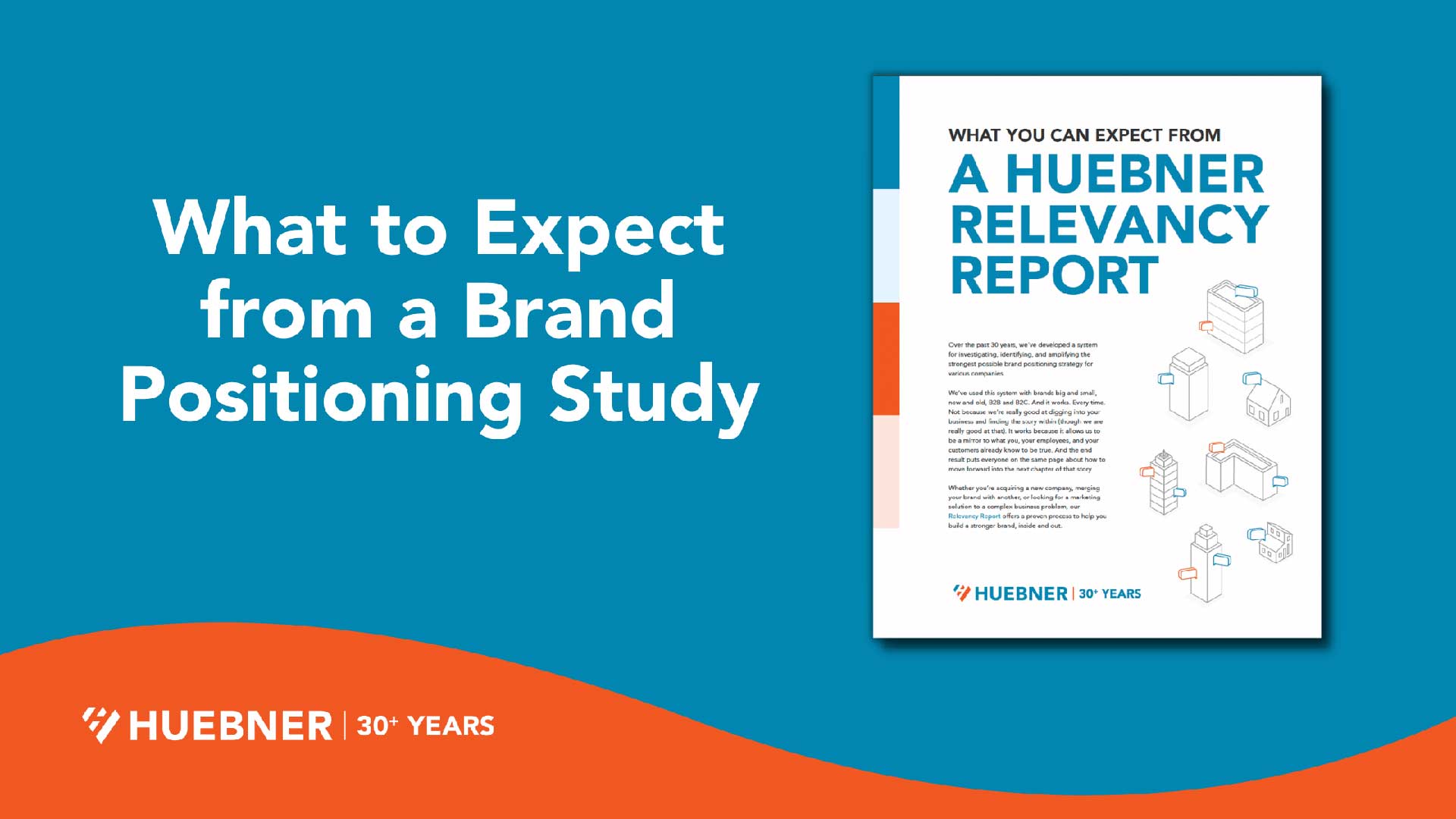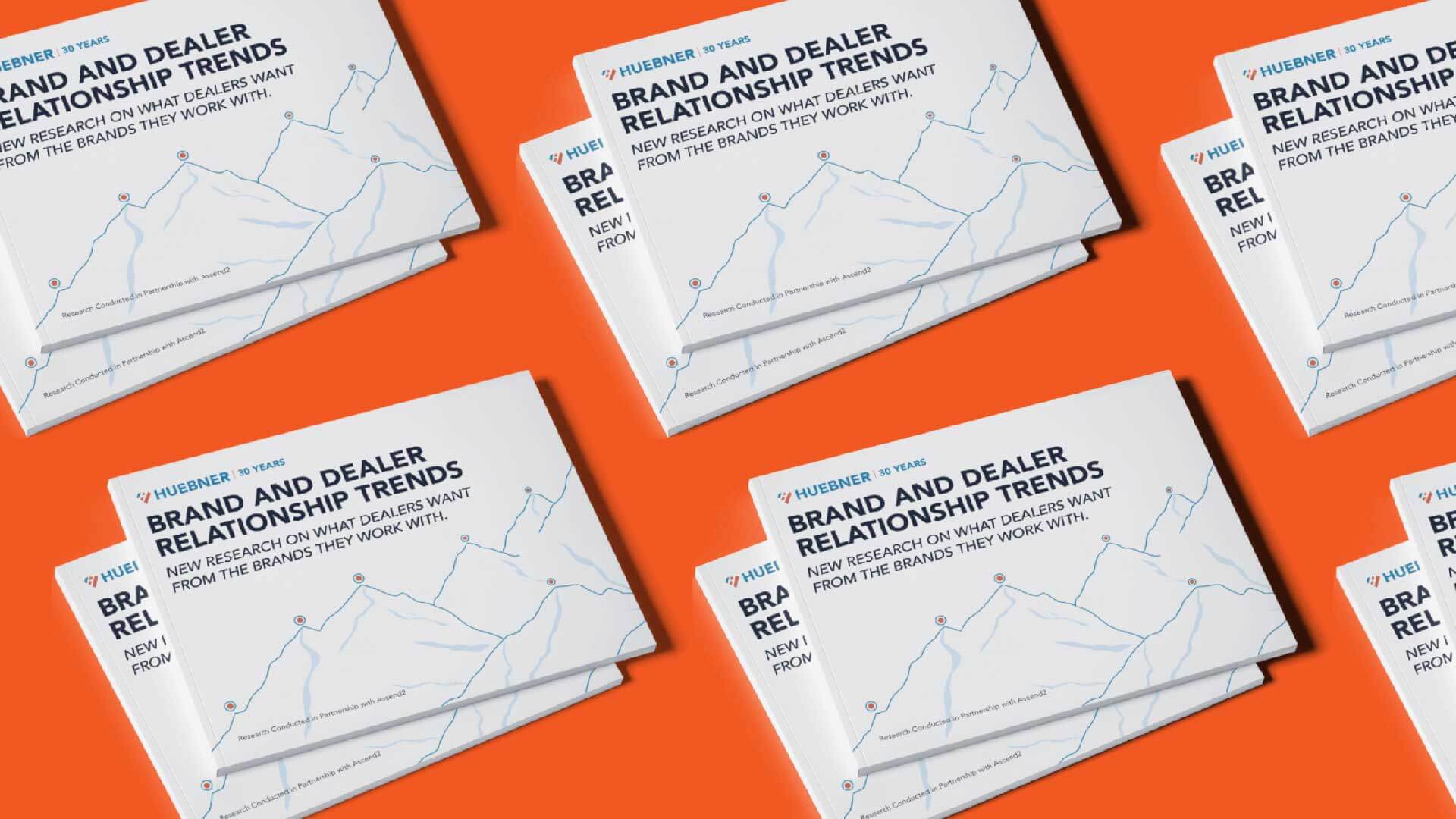
Is It Time for a Website Refresh or Website Redesign?
How does your website engage your customers? Are you overdue for a website refresh or redesign? When was the last time you looked closely at your site? Or even better when was the last time you asked your customers how you could better serve them?
These questions are surprisingly uncomfortable for many business owners, especially in the manufacturing industry. In our work with OEMs and big-ticket outdoor manufacturers, we’ve heard many of the following responses:
- “We hired someone about a year ago, but it already feels out of date.”
- “Our dealers are used to the current site. They know how to find what they need.”
- “The website is not really how we make sales; it can wait.”
But the truth is, your website is the first impression most people get of your company. End-users considering a purchase at a dealership, suppliers looking for compatible partners, technicians, dealers, potential employees . . . the list goes on and on.
In fact, a recent study found that 80% of B2B buyers now expect the same buying experience as B2C. Your website is an important part of that experience!
In this post, we’ll unpack why an effective website presence matters for manufacturers and how to weigh the question of website refresh vs. website redesign when it’s time to make a change.
The Value of a Website for Manufacturers in 2022
As a manufacturing company, your website should be an extension of your brand positioning, helping customers and prospects understand what sets you apart from the competition in the market.
An effective website helps validate your credibility.
Credibility is king in the manufacturing industry, and it can be a challenge to maintain. A strong website with clear differentiating messaging helps everyone involved—from CEO to dealer—tell the same story. An end-consumer who sees your brand on YouTube, should find the same differentiating message communicated on your website, with more data to support your claims and move them towards a purchase decision.
An effective website can directly generate leads.
While manufacturers ofter sell through distributors, resellers and dealerships, consumers are visiting the manufacturer’s websites as a part of their purchase journey. Your website helps validate both your product and your brand. In fact, a 2019 study found that 85% of consumers do their research online before making a purchase.
With this in mind, manufacturers can use content offerings such as buyers’ guides, comparison tools, user reviews, and other lead collection tools to connect interested buyers with the proper dealership or regional sales manager (RSM). The more qualified leads that come directly from you, the manufacturer, the more valuable you are your sales network.
An effective website can help support your dealer network.
Speaking of your dealers . . . your website is an incredible opportunity to educate and incentivize sales at the dealer level. Beyond just delivering a consistent message, your website can help you distribute marketing and sales enablement materials to individual dealers and can even provide a gated portal for dealers to log in. At the end of the day, dealers are more likely to sell what they know and understand, and your website can go a long way in telling the story and mission of your brand loudly and consistently.
An effective website can help more partners find your brand.
Google also prefers updated websites and will rank them higher than those that have been stagnant for some time. This is important because both end consumers and B2B buyers are increasingly using search engines early in their shopping process. In fact, a 2019 study found that 80% of B2B buyers utilize search engines when sourcing new suppliers. And 73% pay attention to a potential partner’s website when evaluating a brand, ranking higher than market presence or brand reputation.
When to Consider a Website Refresh or Website Redesign
So when is the right time to update your website to ensure you get all the great value mentioned above? Any website updates will cost some time and money and should be a part of your strategic marketing roadmap.
Here are a few common triggers for website updates:
- Company acquisition or merger: If your company structure is changing significantly, you’ll want to reflect that in your web presence.
- New product launch: Make sure your new product—and its benefits—are front and center for site visitors.
- New brand positioning: Establish your brand pillars and story strongly on your site (more on this later!).
- Digital transformation: Added site functionality can help streamline parts of your business.
- Performance issues: A slow website is a red flag for site visitors and search engines.
- It just feels out of date: Trends change, frequently. And a site that doesn’t feel modern to web-savvy visitors will reflect poorly on your brand.
The Difference between a Website Refresh and a Website Redesign
When it is time for a change, there are a number of ways to approach a website update. It’s important to understand the value and cost of each choice.
A Website Refresh can address many of the more surface-level issues with a slow-performing or outdated website. A refresh is ideal when you need the site to feel new, but you don’t need major changes to the backend code or functionality. This may include new images, fonts, colors, and messaging. In the course of a refresh, developers can also optimize the site for changes to plugins and best practices since it was originally built.
A Website Redesign, on the other hand, is typically reflective of a big shift in brand strategy or positioning. To communicate the new position, the site must be re-imagined from the ground up, from sitemap to interactivity to messaging.
A website redesign can be a catalyst project for a number of company-wide initiatives, bringing stakeholders to the table and in agreement, before moving out to additional projects.
It’s important to think about your website as an ongoing project, no matter which path you choose. Even the most modern site today will feel stale in a few years, and you should always be evolving to stay relevant to your core customer. We recommend working with stakeholders in the company to ensure you are all on the same page and have a Website Roadmap, an objective, forward-thinking view of how the website is going to evolve in the future.
Click to download our Website Refresh vs. Website Redesign Comparison Chart.
Key Steps to a Successful Website Redesign
We’ve walked through the process with hundreds of clients over the years. And while their business needs vary widely, the recipe for success almost never does.
STEP 1: DISCOVERY
At the start of the project, there are always more questions than answers (and more ideas than can be crammed into any one website). The process of discovery includes asking questions (through interviews and both internal and external surveys) to get everyone on the same page, including:
- Who is our primary audience? You cannot be all things to all people.
- What is the primary business objective of the site? To generate leads? To drive SEO? To serve as a portal for our partners? Believe it or not, you should be able to choose just one.
- What is working on our current site? What are the roadblocks for our visitors?
- What sets us apart from our competitors? Zeroing in on your most relevant messaging is key to setting your site up for success. Audit your own brand and your competitors to ensure your assumptions align with the market.
- What brand archetype do we want to project? Brand archetypes encompass your brand’s overall personality and work as a mental shortcut to help you and your team create consistent, engaging messaging and content.
STEP 2: STAKEHOLDER BUY-IN
At this stage, you want to make sure everyone is on the same page about what was decided during discovery, especially around your primary business objective and messaging.
STEP 3: TECHNICAL DECISIONS
With objectives and messaging locked down, it’s time to get technical.
- What does the new sitemap include?
- Is your content dynamic? Will content be personalized based on your customer input?
- What CMS (content management system) will your site be built on? An off-the-shelf solution can be faster but can prevent needed customization.
- Do business objectives require more effective integrations and streamlining of digital processes?
- What functionality will be needed? eCommerce? Gated content?
- How will the site be optimized? For mobile? SEO?
- What type of training or support will you need to maintain the website.
STEP 4: EXECUTION
With a strong foundation in place, it’s time to build your site. Whether you have an in-house team of developers or are working with a partner, you’ll want to have a clear understanding of your timeline, budget, and milestones along the way. Scope creep—the uncontrolled addition of expectations or tasks to a project without a change to deadline or budget—is the Achilles heel of any well-planned website project. As new ideas inevitably pop up, add them to a backlog or wishlist for future website updates, and remain focused on the plan you and your stakeholders agreed on.
Ready to Update Your Website?
An effective website can be a powerful tool in marketing your manufacturing brand. If you’re in need of a website refresh or redesign, we can help! Contact us today for a free consultation.






